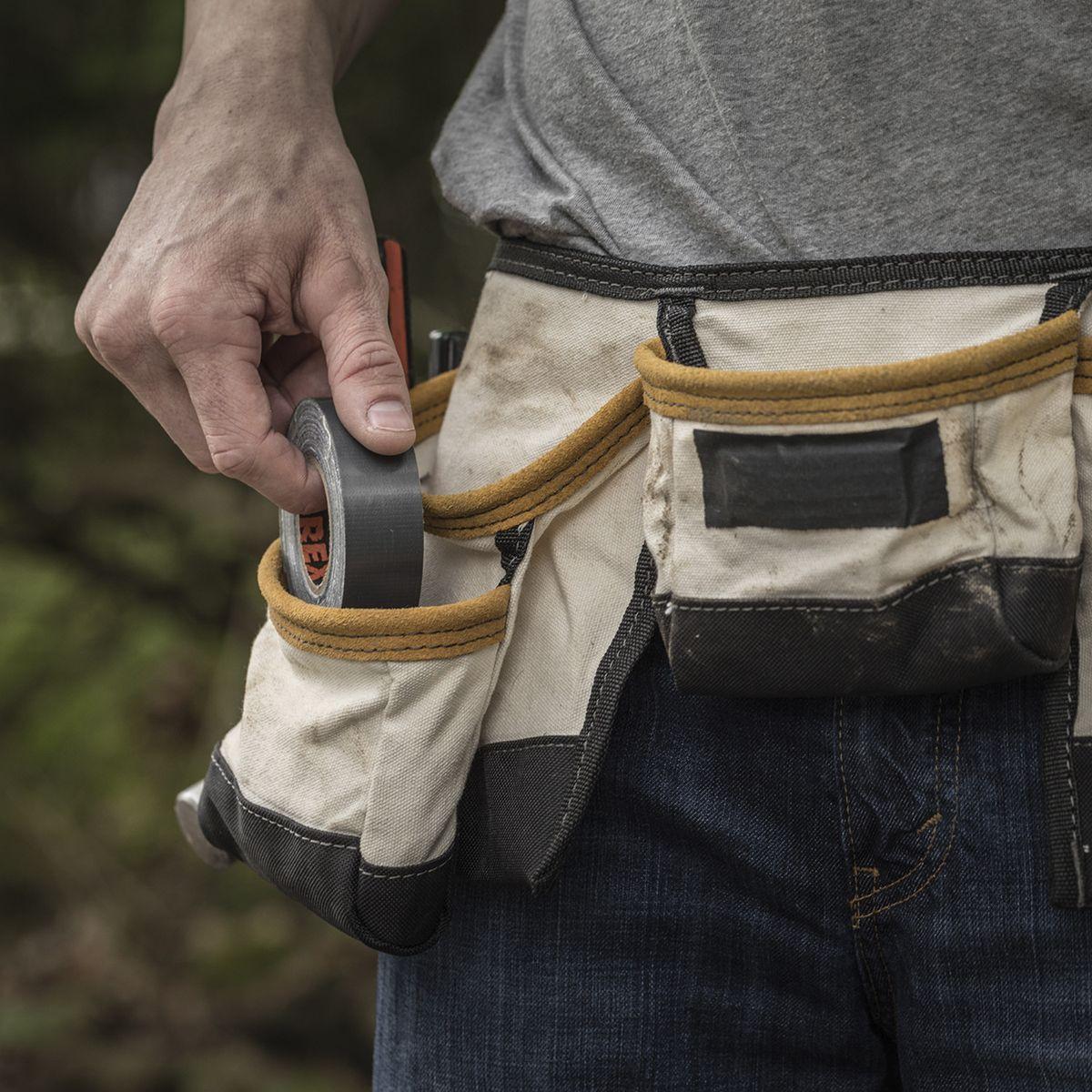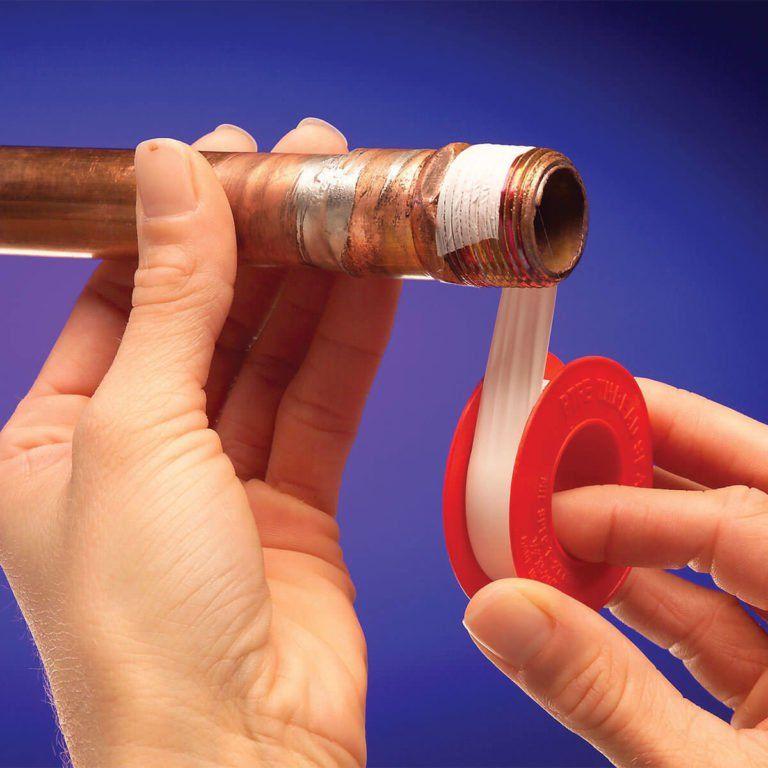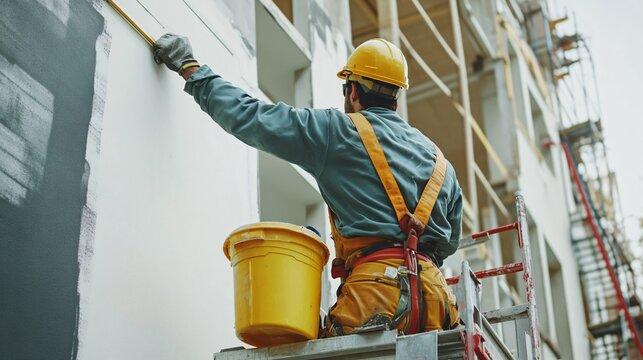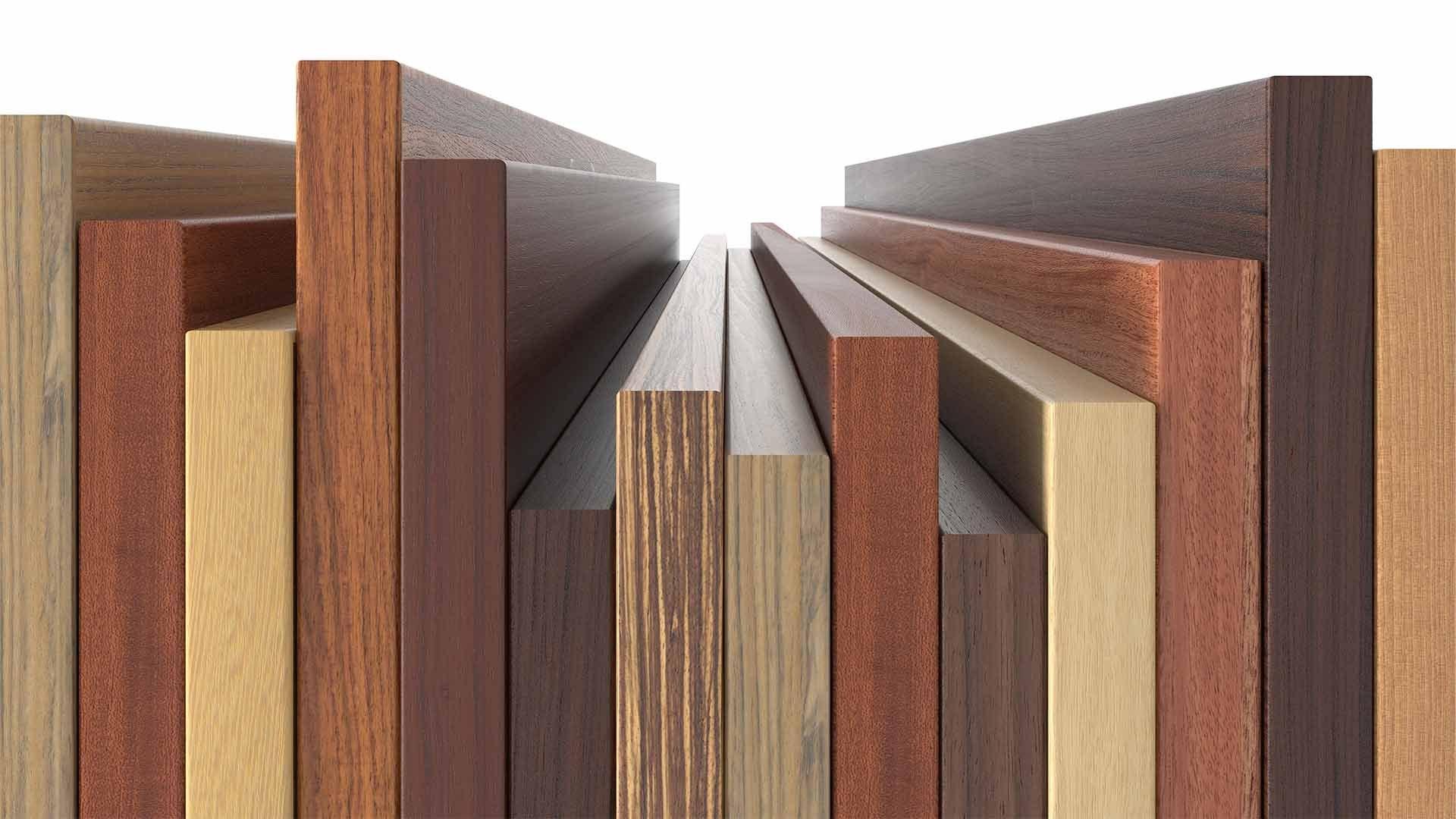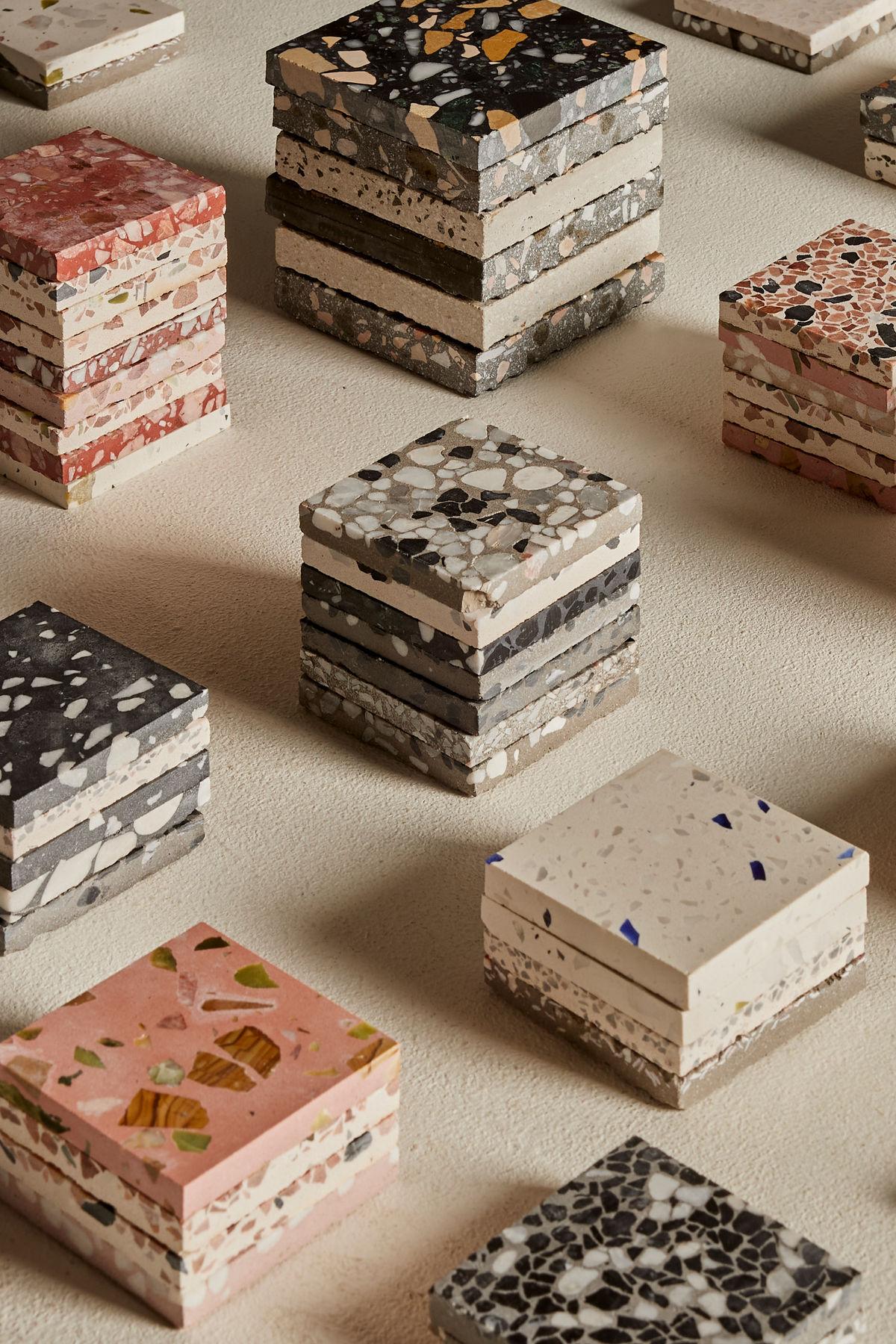What are the advantages of polypropylene fiber in concrete?
Dec 25 • 4 min read

Concrete has been an important part of construction for centuries, known for its ability to handle heavy loads. However, traditional concrete has an inherent flaw: it is weak in tension, which can lead to cracks and structural issues.
Addition of polypropylene fibers in concrete improves its flexural strength, helps to protect the floor against abrasive forces and improves the overall life of the floor. Specially in factory and warehouse floors, where the floor is constantly exposed to abrasive forces on the surface, addition of PP fibers is highly recommended.
While the main source of tensile strength in RCC is stainless steel- It is buried deep inside the floor. Therefore PP fibers help to protect the damage on surface - where most abrasive forces act.
In this article we’ll explore
How concrete behaves under compression and tension?
How addition of PP Fibers make RCC more durable?
Benefits of PP fiber reinforced concrete?
How to use PP fibers in Concrete?
How Concrete Behaves under Compression and Tension?

When concrete is compressed, such as when weight is placed on top of it, the particles in the concrete push closer together. Concrete can withstand significant amounts of compressive stress, which is why it’s excellent for structures like foundations and support beams. In simple terms, concrete works well under compression.
However, concrete is not as strong when it is pulled apart i.e. under Tension. When exposed to tension, the internal bonds of concrete can crack and break because the material does not have the flexibility to resist these forces. This is why concrete often cracks in areas that experience bending forces, like in slabs or beams that support weight. To balance this weakness, Stainless steel is added to concrete to make it Reinforced Cement Concrete (RCC).
In RCC, the compressive forces are borne by cement concrete and tension is taken care of by steel. In slabs and floors, RCC is placed in areas with high tension i.e. bottom most level. However, in factories etc, the rest of the slab also experiences tensile forces. Leading to minor cracks on the surface.
How addition of PP fibers make RCC more durable?
What is PP Fiber reinforced concrete?
PP Fiber Reinforced Concrete is a type of concrete that includes polypropylene fibers mixed in it. These fibers are small, plastic-like strands that spread throughout the concrete, acting as mini reinforcements. PP fibers can reinforce complex designs and also work well in thin slabs like countertops, floors, and pavements.
How PP Fibers work?

When PP fibers are mixed into the concrete, they distribute evenly throughout the material. These fibers act like tiny ropes that hold the concrete together, especially when it starts to crack. If cracks form, the fibers keep them small and prevent them from getting worse. This helps maintain the concrete’s strength and integrity over time.
While PP fibers do not significantly increase the concrete’s ability to carry heavy loads, they improve its longevity.
Benefits of PP Fiber Reinforced Concrete
One of the main benefits of using PP fibers is their ability to control cracks effectively. Since they are spread throughout the concrete, they provide reinforcement everywhere, not just in specific areas. This means that even if cracks begin to form, the fibers keep them small and prevent them from spreading. The result is stronger, more durable concrete that can handle everyday wear and tear better. They also improve the fire resistance of concrete by reducing the chances of the concrete breaking apart under high heat.
Types of PP Fibers
There are two main types of PP fibers used in concrete:
1. Micro Fibers

Micro fibers are very small and primarily used to control shrinkage cracks that occur when the concrete is still fresh. They are especially helpful in hot or windy conditions where the concrete may dry too quickly and crack. These fibers are less than half an inch long and are ideal for preventing cracks during the early stages of the concrete setting.
2. Macro Fibers

Macro fibers, on the other hand, are larger and stiffer. They provide strength and durability after the concrete has hardened. These fibers help the concrete stay intact even after cracks appear, making it more durable over time. Macro fibers are often used in industrial floors, roads, and other heavy-duty applications where long-term strength is crucial.
How to Use PP fibers in concrete?
How to Mix PP fibers in concrete?
PP fibers are added while mixing concrete itself.
The best practice to add PP fibers, is to add them in the following sequence:
Add Water to the mixer
Add PP fibers in the required quantity (explained later in the article)
Add Aggregates
Add Cement
Adding PP fibers, in the beginning itself help to make them more evenly spread throughout concrete.
What is the ratio of Fiber to Concrete?
The amount of PP fiber needed depends on the type of structure. Consult your structural engineer for the best mix design.
As a rule of thumb, 100 g of PP fiber is used in each bag of cement (50 Kg).
Can PP fiber be used along with rebars?
In some cases, combining PP fibers with rebar is the best solution. Rebar provides strong reinforcement in specific areas, while PP fibers offer additional crack control throughout the concrete. Together, they create a structure that is both strong and resistant to cracking, ensuring long-lasting performance.
PP Fiber Reinforced Concrete is a smart, modern solution for making concrete stronger, more durable, and resistant to cracks. This makes it an excellent choice for a wide range of construction projects, ensuring structures that last longer and perform better over time.
Image and Knowledge Credits: https://youtu.be/jWFncYgbCCg
Our Clients








Related Blogs
